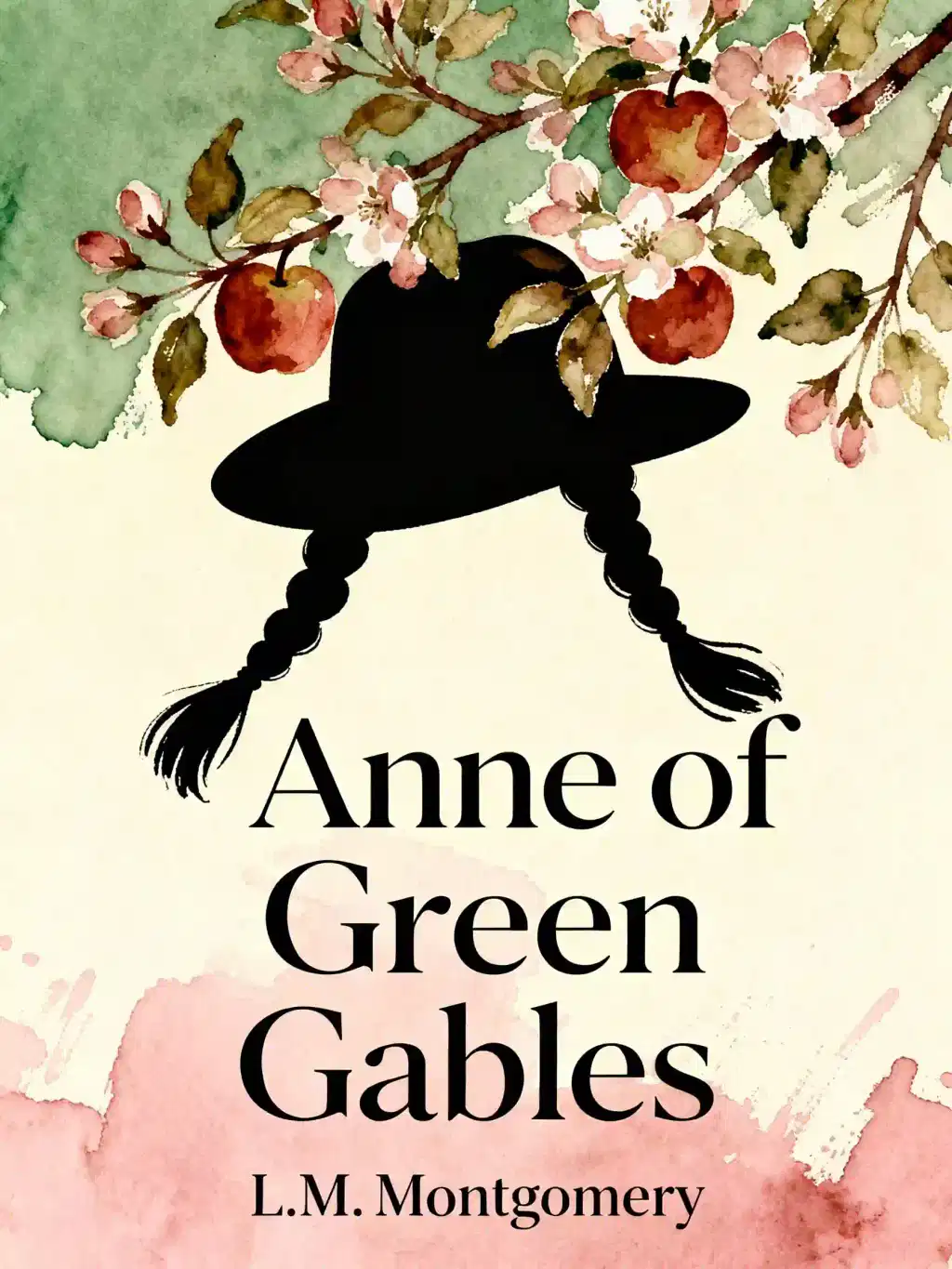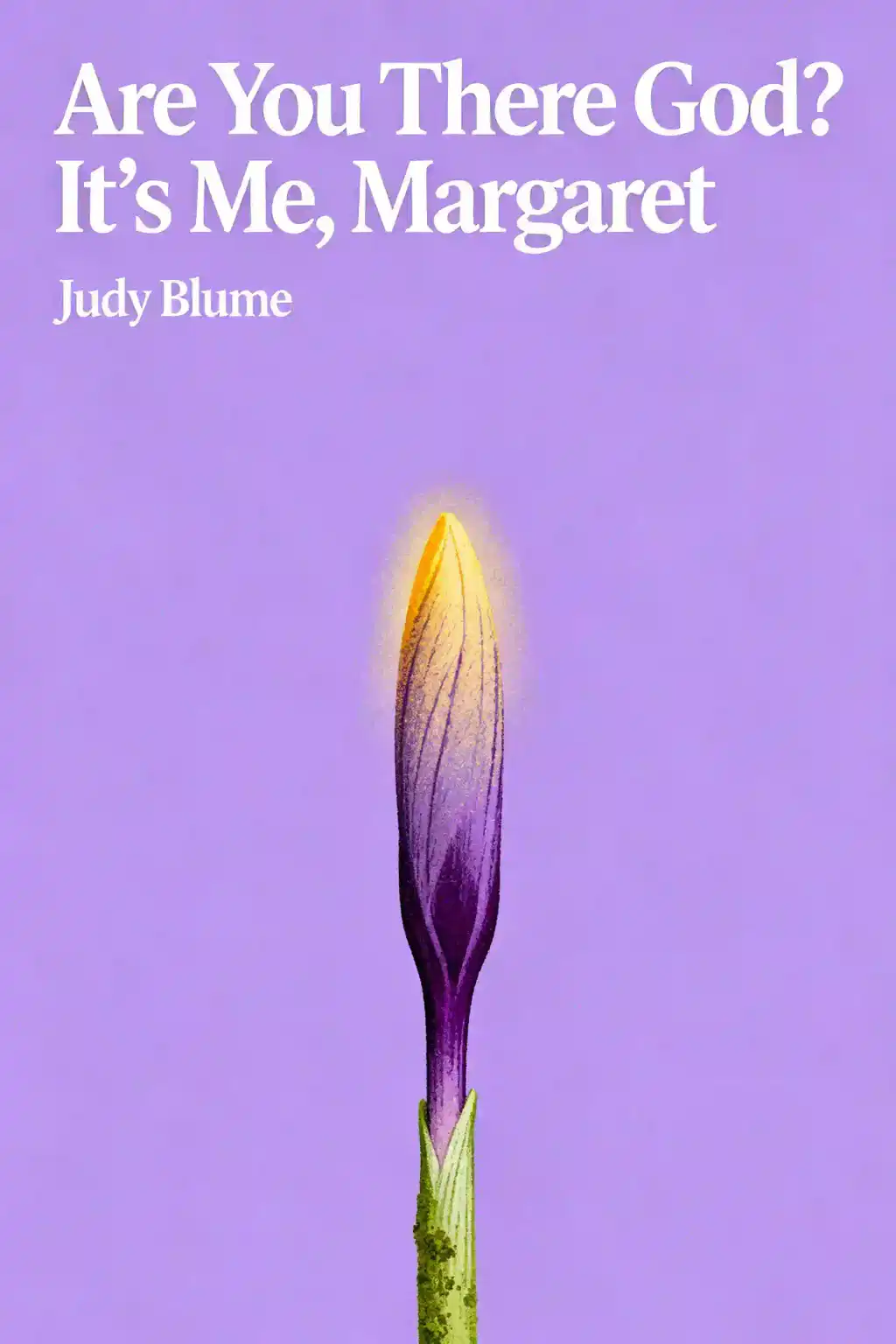What is
Anne of Green Gables by L.M. Montgomery about?
Anne of Green Gables follows 11-year-old orphan Anne Shirley, mistakenly sent to siblings Matthew and Marilla Cuthbert, who sought a boy to help on their Prince Edward Island farm. Through Anne’s imaginative spirit and misadventures—like accidentally intoxicating her friend Diana—she reshapes Green Gables’ quiet world, achieving academic success while navigating themes of belonging, resilience, and found family.
Who should read
Anne of Green Gables?
This classic appeals to readers aged 9+ seeking heartfelt coming-of-age stories. Parents reading to children 7–9 will enjoy its whimsy, while older audiences appreciate Anne’s timeless lessons on optimism and self-acceptance. Fans of character-driven narratives like Little Women will find Anne’s bold personality refreshing.
Is
Anne of Green Gables worth reading?
Yes—its enduring charm lies in Anne’s relatable flaws, humorous mishaps, and growth from orphan to cherished community member. Critics praise Montgomery’s rich characterization and exploration of resilience, making it a staple for lovers of classic literature and emotional storytelling.
What are the main themes in
Anne of Green Gables?
Key themes include imagination as a survival tool, the tension between societal expectations and individuality, and the transformative power of love. Anne’s journey underscores resilience in overcoming adversity, while her bond with Matthew and Marilla highlights non-traditional family dynamics.
How does Anne Shirley develop throughout the story?
Anne evolves from a impulsive dreamer to a compassionate young woman balancing ambition with loyalty. Her academic rivalry with Gilbert Blythe matures into mutual respect, and she prioritizes caring for Marilla over college, showcasing emotional growth.
What iconic quotes define
Anne of Green Gables?
- “Kindred spirits are not so scarce as I used to think.” – Reflects Anne’s evolving understanding of friendship.
- “Tomorrow is always fresh, with no mistakes in it yet.” – Embodies her optimism.
These lines capture the novel’s emphasis on hope and human connection.
How does L.M. Montgomery use symbolism in the book?
Green Gables symbolizes stability and belonging for Anne. Her red hair represents her uniqueness, while the “Lake of Shining Waters” mirrors her imaginative outlook. The raspberry cordial mishap illustrates societal judgment vs. innocence.
What criticism exists about
Anne of Green Gables?
Some modern readers find its pacing slow or view Anne’s talkative nature as overly sentimental. However, most praise its emotional depth, with The Story Sanctuary noting how Anne’s “exuberance” wins over even stern characters.
Why is
Anne of Green Gables still popular today?
Its themes of self-discovery and challenging norms remain universal. Adaptations and Anne’s status as a feminist icon (defying 1900s gender roles) keep it relevant. Educators also use it to discuss resilience and creativity.
How does Anne’s friendship with Diana Barry evolve?
Diana becomes Anne’s first “bosom friend,” supporting her through mishaps like the wine incident. Their loyalty withstands parental disapproval, showcasing Montgomery’s belief in friendship as foundational to personal growth.
What role does Gilbert Blythe play in the story?
Initially Anne’s academic rival, Gilbert’s kindness (giving her Avonlea’s teaching post) softens her pride. Their relationship shifts from competition to unspoken affection, laying groundwork for future romance in sequels.
How does
Anne of Green Gables compare to Montgomery’s other works?
While Montgomery wrote 20+ books, this novel remains her most beloved for its balance of humor and heartbreak. Later works like Anne of Avonlea extend Anne’s story, but the original’s exploration of identity and community stands unmatched.
What lessons does
Anne of Green Gables teach about family?
The Cuthberts’ journey from viewing Anne as a helper to a daughter challenges traditional family structures. Marilla’s growth from sternness to vulnerability underscores that family is built through love, not blood.




















